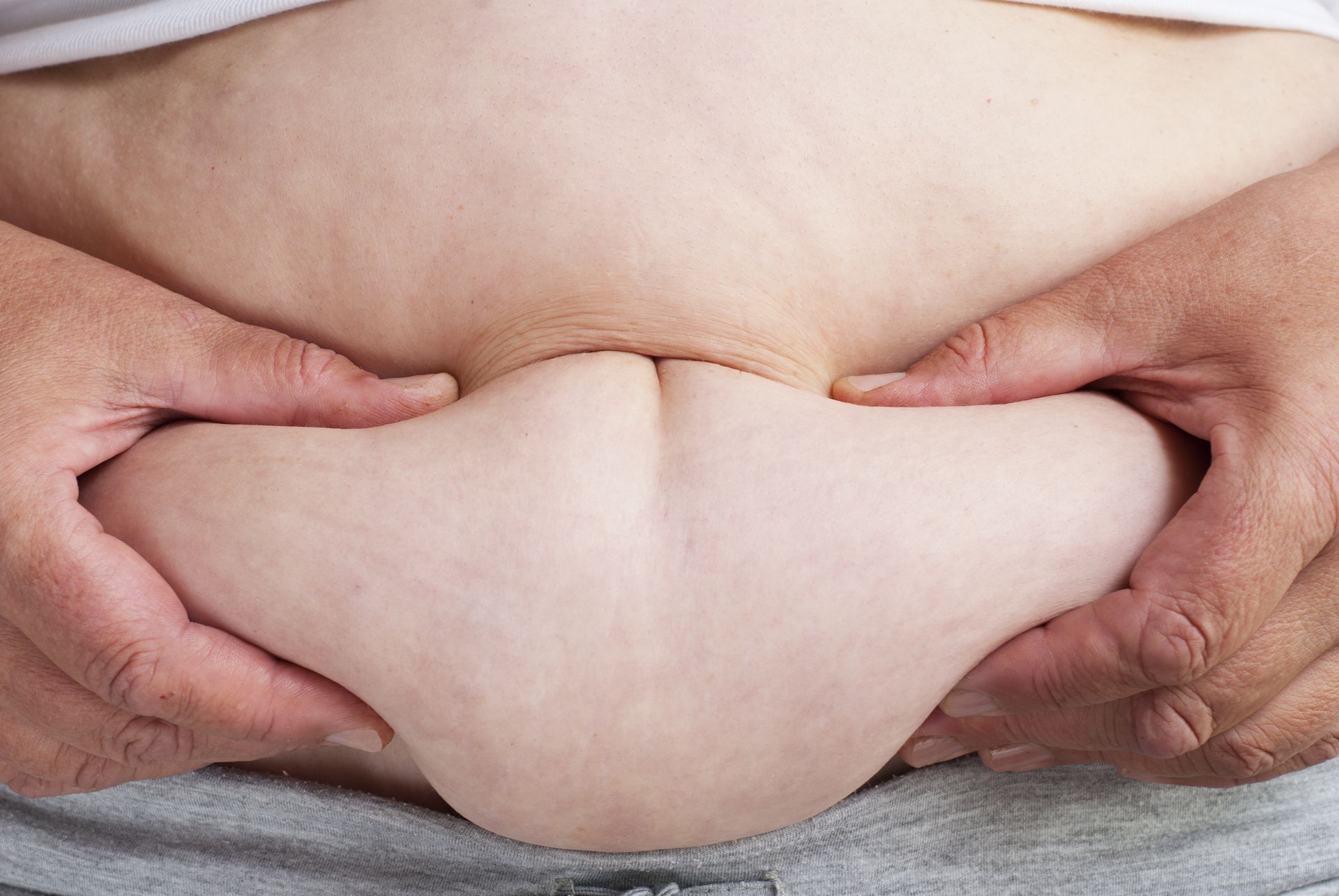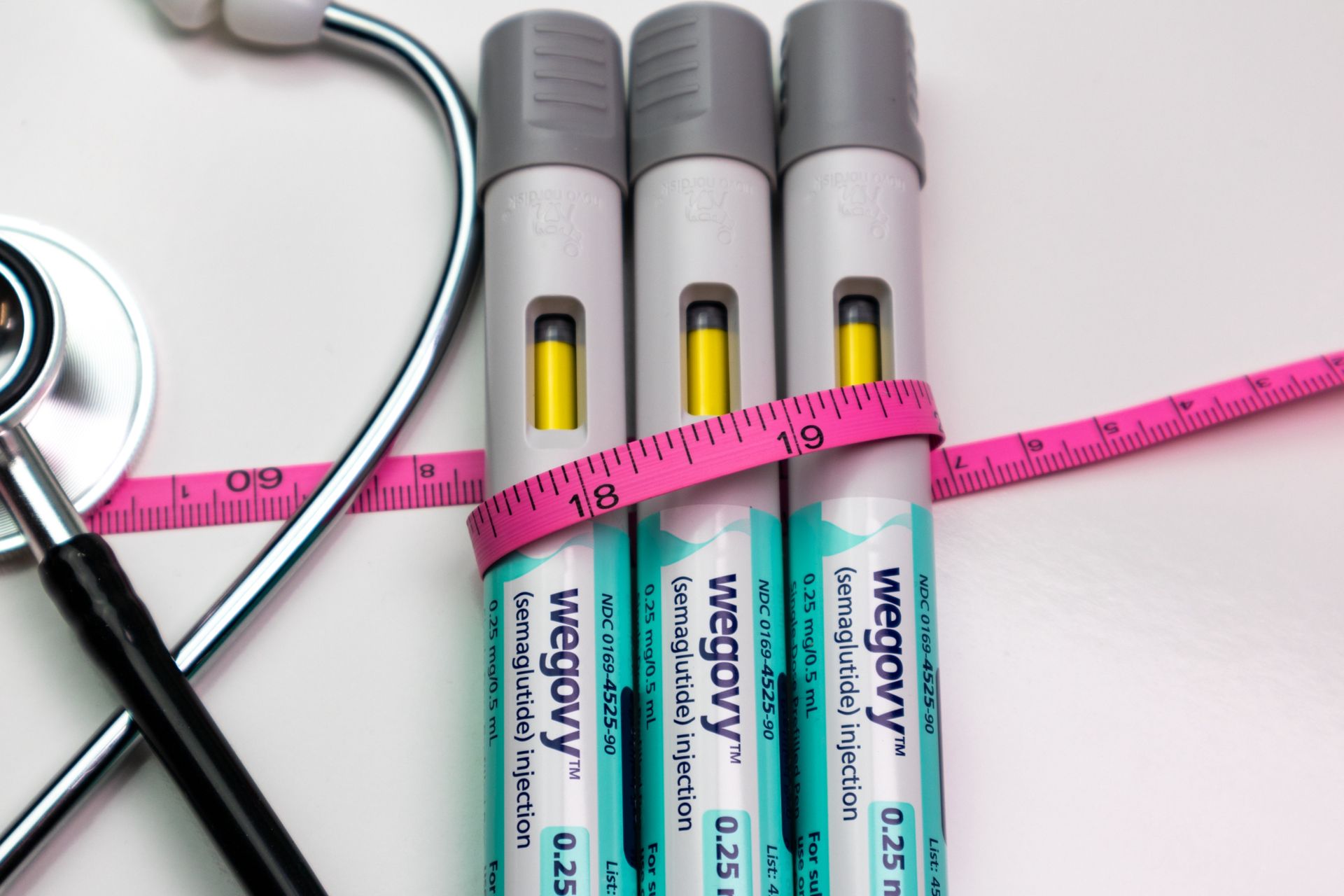A Deep Dive Into Fat Cells With Kansas City Laser-Like Lipo®
A Deep Dive into Fat Cells with Kansas City Laser-Like Lipo®

Photo Credit: Shutterstock
The human body is an intricate and complex machine, and one of its most misunderstood components is the fat cell. Thanks to the Kansas City Laser-Like Lipo® team, we're able to provide you with an in-depth look at these essential yet often-maligned cells. This article will dive deep into the world of fat cells – understanding their count, their permanence, their relationship with weight, and the implications of certain weight loss treatments on their distribution.
How Many Fat Cells Are We Talking About?
Imagine a number so vast that it outnumbers the stars in our galaxy. That's approximately how many fat cells (adipocytes) are in the average adult human body: roughly 30 to 50 billion. These numbers can vary based on several factors including genetics, gender, and personal health.
The Lifespan and Stability of Your Fat Cells
Here's a fun fact: after adolescence, the number of fat cells in your body remains fairly consistent. While these cells can change in size (expanding or contracting depending on how much fat they store), their actual count remains static. That means whether you gain or lose weight in adulthood, you're typically not adding or subtracting from your fat cell count; you're merely changing their volume.
Childhood Obesity and its Long-Term Implications
If you were overweight as a child or teenager, your body responded by creating more fat cells to store the excess fat. This implies that adults who were overweight during their younger years tend to have a higher number of fat cells than those who maintained a healthy weight.
However, it's not just the sheer number of cells that poses a challenge. These added fat cells can remain in the body, and while they can shrink with weight loss, they typically don’t disappear. This can sometimes make weight loss more challenging for people who were overweight in their youth.
Morbid Obesity: The Exception to the Rule
The consistency in the number of fat cells post-adolescence has a notable exception: in cases of morbid obesity. When an individual's weight increases significantly, their body can, in fact, produce additional fat cells. These new cells are necessary to accommodate the vast amounts of excess fat. The upside to this mechanism is that the body is adaptable. The downside? Weight loss becomes even more challenging, as there are now more cells to manage.

Photo Credit: Shutterstock
Weight Loss Treatments and Their Implications
Kansas City Laser-Like Lipo® often fields questions about liposuction, CoolSculpting®, and other weight loss procedures. While these methods can indeed help reduce the appearance of excess fat, there’s a key biological nuance that every potential patient should understand.
When you opt for a procedure that removes or destroys fat cells, you're permanently reducing the number of adipocytes in a particular area. This might sound like the dream solution, but there's a catch: if you gain weight after the procedure, the new fat doesn't get evenly distributed as it would have before.
Since the destroyed or removed cells no longer exist, the fat will be deposited in the remaining fat cells. This can result in an uneven or lumpy appearance as certain areas of your body will have a higher concentration of fat cells than others.
For instance, let's say you opt for liposuction on your abdomen but later regain some weight. While your abdomen might remain relatively slimmer due to the reduction in fat cells there, other areas like your arms, back, or thighs might appear disproportionately larger.
The Chemical Storage Capabilities of Fat Cells
Our understanding of fat cells has evolved over the years. They're not merely storage units for excess energy; they're also a repository for various chemicals that we encounter in our daily lives.
On average, each fat cell in our body contains not just lipids (fats) but also residues of countless chemicals we get exposed to. These can range from pollutants in the air we breathe to additives in the foods we eat. Modern living exposes us to a cocktail of synthetic compounds, some of which can accumulate in the body over time.
Fat Cells: The Body's Protective "Bubble Wrap"
You can think of fat cells as the body’s “bubble wrap” – they cushion and protect vital organs, and they also shield the body from harmful chemicals by trapping and storing them. By doing so, adipocytes prevent these toxins from circulating freely in our bloodstream, where they could cause harm. This protective mechanism of fat cells is crucial, especially considering the amount of chemical exposure in today’s industrialized world.
Conclusion
Fat cells, for all their bad reputation, are a crucial component of our body’s energy storage and metabolic systems. Their behavior and characteristics underline the importance of a holistic approach to weight management.
For those considering treatments like those offered at Kansas City Laser-Like Lipo®, it's vital to understand the long-term implications. While these procedures can be transformative, maintaining a stable weight post-treatment is crucial to ensure even fat distribution and maintain your desired appearance.
At Kansas City Laser-Like Lipo®, we emphasize the importance of being well-informed, understanding your body, and making decisions that align with your long-term health and aesthetic goals. With the right knowledge and support, you can navigate the world of fat cells and body contouring with confidence.











Share On: